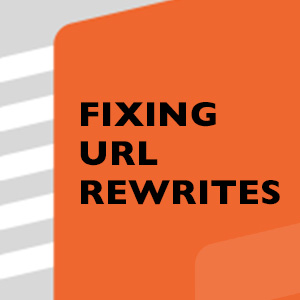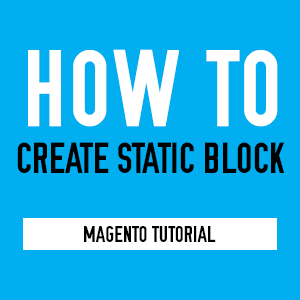Magento 2 utilizes the LESS preprocessor to simplify theming. This makes theme customization intuitive and promotes the writing of reusable and maintainable CSS codes through features like variables, mixins, and inline imports.
From standpoint of a frontend developer, LESS compilation (aka CSS preprocessing) is one of the most important part of M2’s static content deployment that you work most of the time on your Magento 2 custom projects.
To help you understand the context of this subject, this post will explain in brief about the LESS preprocessor for Magento 2, three types of LESS compilation. It also walks you through steps to compile LESS in server-side compilation mode for customizing your theme styles. Continue reading







